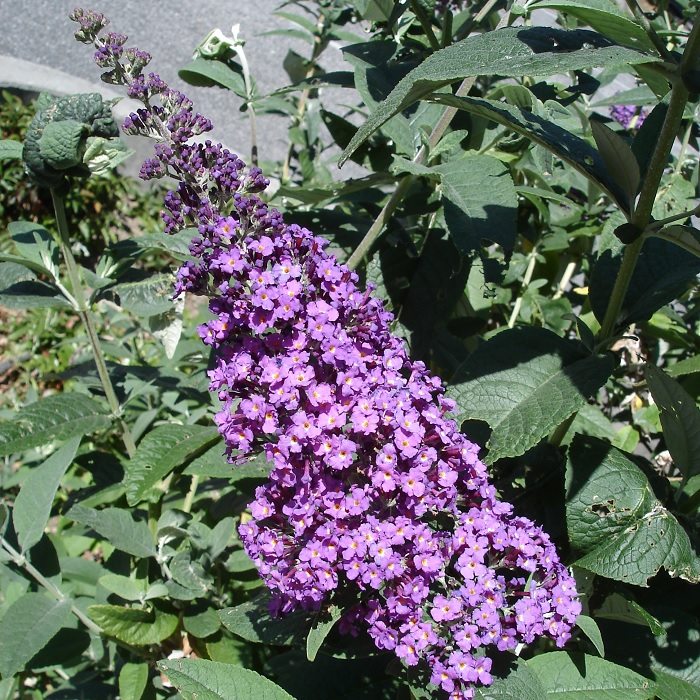UNITED STATES—Autumn is the time for planting. Cooling weather slows plants down so that they do not mind disruption so much. Increasing rain (hopefully) keeps the soil evenly moist while roots slowly disperse. The combination of cooling weather, increasing rain and shorter days keeps plants well hydrated so they can slowly ease into spring.
Why is this important now? Well, it probably is not important. It merely demonstrates why this is not the best time for planting. Only a few warm season annuals and vegetables get planted this time of year. Seeds for certain autumn vegetables get sown now. Otherwise, more substantial plants should wait until autumn if possible.
Mid summer in some ways is the opposite of autumn. While the weather is warm, plants are too active to be bothered. Even minor disruption can be stressful. Soil moisture provided by irrigation is often too irregular and unreliable for dispersion of many new roots. There is less time to recover from stress during shorter nights.
Smaller plants and seeds survive summer planting better than larger plants do. Seeds need to disperse all new roots anyway, so they will adapt to what they get. They certainly need regular watering, but are quite talented at putting their roots wherever the moisture goes. With a bit more time, smaller plants will do the same.
Larger plants have more difficulty with the planting process because they need to disperse so many more roots to get established. When they get planted, all their roots are initially confined to the volume of media (potting soil) that they were grown in. They are susceptible to whatever happens within that limited volume.
For example, a small plant in a four inch wide pot is initially confined to less than sixty-four cubic inches of soil. It can double its soil volume to one hundred forty-four cubic inches by merely dispersing roots less than one inch laterally. A tree in a 24-inch wide box needs to disperse roots ten inches laterally to do the same!
It would seem that drought tolerant plants would be less susceptible to the stress of planting in summer.
However, they are more sensitive because they are so reliant on extensive root dispersion. Until they disperse their roots, they actually need to be watered as frequently as other plants do.
Highlight: butterfly bush
Many plants are so easy to grow that they become invasive weeds. Butterfly bush, Buddleja davidii, has done exactly that in some regions, and is only controlled here by the arid climate. Yet, once established, it does not need much water at all, and can survive on rainfall in some spots. They only want good sun exposure.
Mature plants can get more than 15-feet tall and half as broad, with long arching limbs. Most garden varieties stay smaller, and some do not get much more than six feet tall. The evergreen foliage is sage green, grayish green or chartreuse. The paired leaves are about the size and shape of willow or eucalyptus leaves.
Conical trusses of densely packed tiny flowers that bloom in mid-summer can be various shades of blue, purple, red and pink, as well as dusty white. Some new varieties bloom soft orange or yellowish orange. The more compact and colorful modern varieties are not as fragrant as old classics are.





